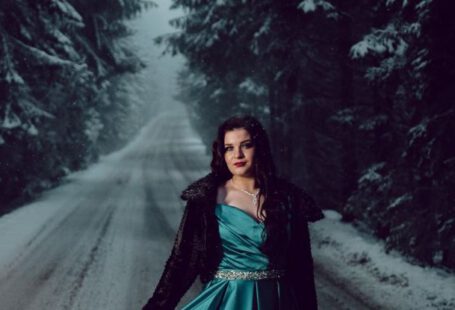The Resurgence of the Modern Musical: “La La Land” Breaks the Mold
From its glorious Technicolor dance numbers to its heartfelt ballads, the traditional Hollywood musical has long held a special place in the hearts of audiences worldwide. However, as cinematic tastes have evolved over the years, the classic musical format has seen a decline in popularity. In recent times, though, “La La Land” has emerged as a refreshing and innovative take on the genre, captivating modern audiences with its unique blend of nostalgia and contemporary storytelling. Let’s delve into how this critically acclaimed film reimagines the classic musical for today’s viewers.
A Visual Spectacle: Modern Cinematic Magic
“La La Land” dazzles audiences from the opening scene with its stunning visuals and vibrant color palette. Director Damien Chazelle pays homage to the golden age of Hollywood while infusing the film with a modern sensibility. The use of long tracking shots and elaborate dance sequences creates a sense of fluidity and movement, drawing viewers into the magical world of the film.
Unlike traditional musicals that often rely on stage-like settings and artificial backdrops, “La La Land” takes full advantage of modern technology to transport viewers to contemporary Los Angeles. The juxtaposition of classic musical elements with a contemporary urban backdrop gives the film a unique visual appeal that sets it apart from its predecessors.
The Musical Numbers: A Blend of Old and New
One of the defining features of any musical is its music, and “La La Land” does not disappoint in this regard. The film’s soundtrack, composed by Justin Hurwitz, seamlessly blends traditional musical styles with modern pop sensibilities. From the jazz-infused “City of Stars” to the infectious energy of “Another Day of Sun,” each song in the film adds depth and emotion to the storytelling.
Unlike classic musicals where characters would spontaneously burst into song and dance, “La La Land” integrates its musical numbers into the narrative in a more organic way. The songs serve as a reflection of the characters’ inner thoughts and emotions, adding layers of complexity to their relationships and motivations. By grounding the musical sequences in the reality of the characters’ lives, the film creates a sense of authenticity that resonates with modern audiences.
Character Development: A Modern Twist on Classic Archetypes
In “La La Land,” Emma Stone and Ryan Gosling breathe new life into the archetypal characters of the romantic musical. Mia, an aspiring actress, and Sebastian, a jazz musician, navigate the challenges of pursuing their dreams in a cutthroat industry while also navigating their budding romance. The film subverts traditional gender roles by portraying Mia as a driven and ambitious woman who refuses to compromise her goals for the sake of love.
Rather than presenting a straightforward love story, “La La Land” explores the complexities of modern relationships and the sacrifices that come with chasing your dreams. Mia and Sebastian’s romance is not without its challenges and setbacks, adding a layer of realism to the fairy-tale romance typical of classic musicals. By highlighting the struggles and sacrifices inherent in following your passions, the film resonates with audiences who may be grappling with similar dilemmas in their own lives.
A New Era of Musical Cinema: Looking to the Future
As “La La Land” continues to captivate audiences and garner critical acclaim, it serves as a testament to the enduring appeal of the musical genre. By blending classic elements with a modern sensibility, the film has reinvigorated the genre and introduced a new generation of viewers to the magic of musical cinema. With its stunning visuals, memorable music, and nuanced character development, “La La Land” stands as a shining example of how the classic musical can be reimagined for modern audiences.





